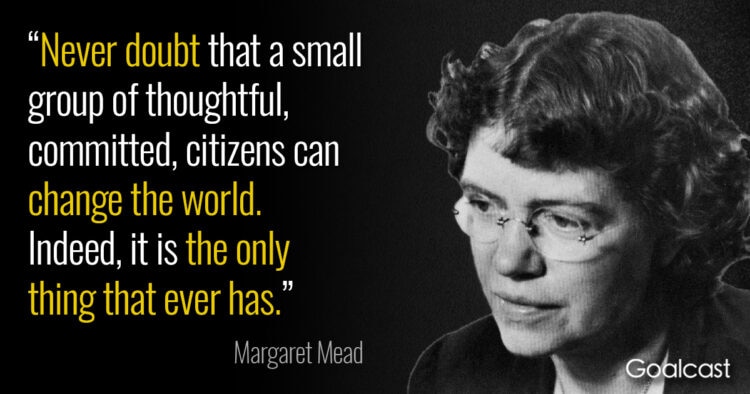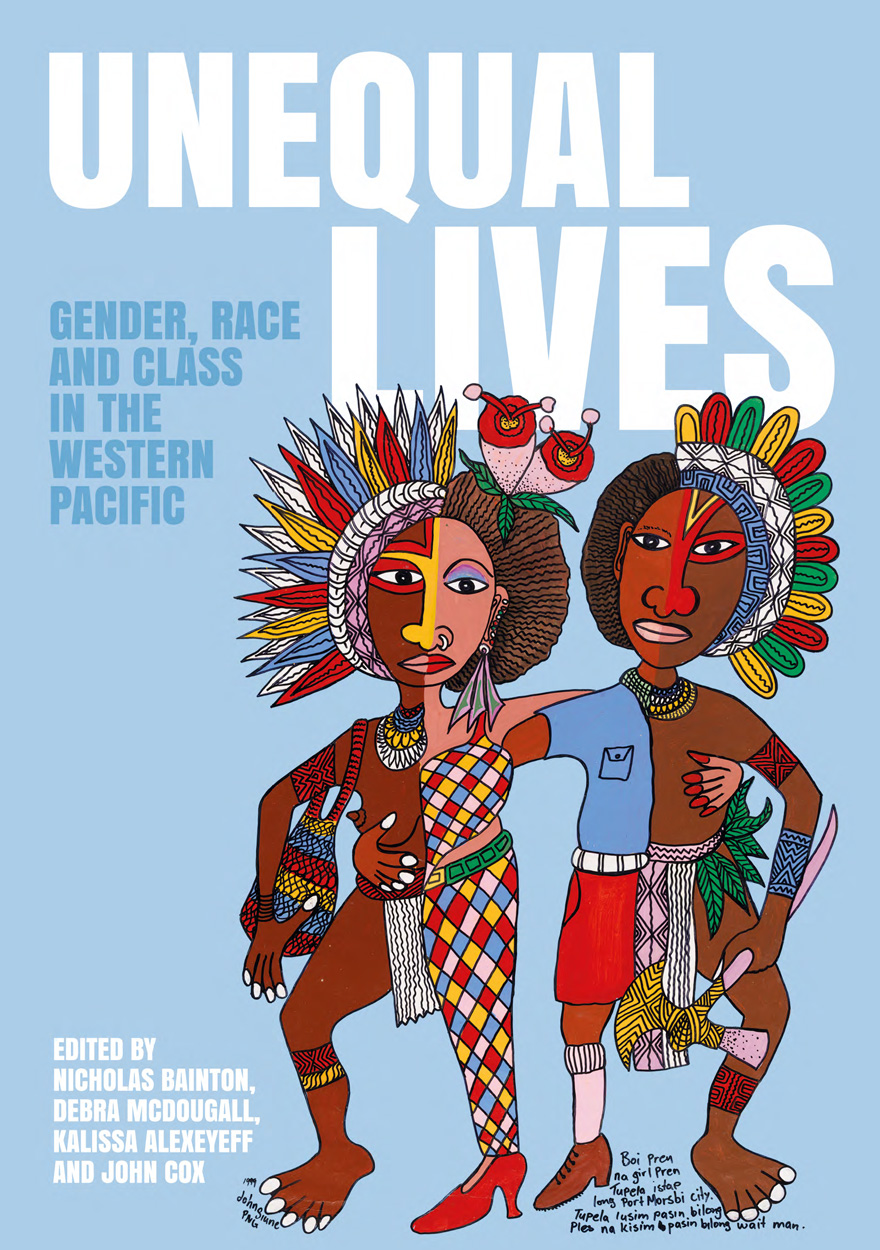Today most anthropologists remember Edward Westermarck as one of Malinowski’s two main teachers at the London School of Economics. In fact, I think Malinowski owes a lot to Westermarck, and shared a great deal with him. Both were imperial subjects: Westermarck was a Swedish speaker who grew up in Finland when it was part of the Russian empire, while Malinowski was a pole who grew up with his country under the control of the Prussians. Both were also deeply influenced by the Brits, enough so that they relocated to the UK: At university, Westermarck discovered the work of English evolutionists such as Darwn, Huxley, and Spencer, and became interested in how marriage and morality evolved over time. As a result, he spent several years studying in England and was eventually appointed to a position at the LSE.
While Westermarck is best known for his large comparative studies and his early ethnographies of Morocco (where he lived for over two years — far longer than Malinowski spent in the field), few people have dipped into his autobiography, Memories of My Life. It’s a quirky little gem. My favourite part of the book is the photographs: few of the captions explain which person in them Westermarck is. I think the publisher assumed that readers would be able to pick him out! Westermarck also has a slightly acid predisposition and a gimlet eye. For these reasons, Westermarck’s passages on ‘English conditions’ — the customs and mores of the English — are quite delightful. They give a lovely sense of Oxbridge and British culture in around the turn of the twentieth century. Here are his recollections of the (lack of) intellectual life at Oxford:
“The hospitality in Oxford was extraordinary both in private life and at the common college dinner… To be sure, the social life is not neglected in favour of intellectual pursuits; and amongst the undergraduates sport and politics seem to play a more important part than do their studies. Many Englishmen of high position or great wealth send their sons to Oxford, not so much to drink from the springs of learning as to give them, rather, the opportunity of inhaling an atmosphere that will strengthen their lungs for a future climb to the topmost peaks of society. The training on Oxford and the acquaintances made there are an invaluable equipment for many a young man’s career at home or in the colonies.” (p. 103-104)
Of course, Oxford is not the only university in the planet where young people spend their time Not Studying, so this is hardly an indictment of that institution in particular. But does help reinforce the sense that academics have (which nonacademics do not) that Oxford is famous for being famous, reproducing the elite, and looking like a college, not necessarily for its excellent in research.
Westermarck also ruminated on the antagonism between class and intellectual work:
“Science also feels honoured to have members of the aristocracy amongst its patrons. It would certainly be beneath a lord’s dignity to become a university professor — I heard that expressly stated… — yet there have been one or two exceptions to the rule. On the other hand a lord may be permitted to follow science as a private hobby; in sport, also, great emphasis is laid on the difference between amateurs and professionals. But it cannot be said that intellectual work is at a premium amongst the upper ten. One of my friends, who belongs to an old family with many connections amongst the aristocracy, has told me how strongly his grand relations disapprove of his scientific occupations, although he has never filled any post nor earned the smallest sum by his writings — to make money by working is not really comme il faut either. But a lack of intellectual interests cannot be considered as a special sign of the nobility with that mania for sport and dislike of mental effort that distinguishes, I believe, the majority of Englishmen. Even amongst the ranks of the learned science does not always secure the first place in their esteem. An Oxford friend once confided to me that even there greater value was attached to a drop of blue blood than to a reputation for scholarship.” (p. 105-106)
That said, Westermarck was not unkind to the English and did not mean these remarks to be mean. He explained to readers that they should not be but off by English aloofness:
“The intercourse with my colleagues has been a source of much pleasure to me and naturally given me a much deeper insight into the English character. We often hear how stiff and unapproachable Englishmen are, but their reserved manners, which are connected with their habit, established by education, of restraining their emotions, must not be considered as evidence of their disposition of mind. On nearer acquaintance a great deal of warm-heartedness may be discovered under a cool exterior. In the social circles with which I have had the most to do, I have found an unusual amount of gaiety, frankness, and cordiality, combined with much consideration for others and good-breeding.” (p. 203-204).
Westermarck singles out this ‘habit of restraining emotions’ with a more general pattern of adherence to custom, rather than his Scandinavian tendency to scoff at the ridiculous:
“As regards Englishmen’s sense of humour, my experience is that such unkind jokes as are considered by many among ourselves [the Swedish] as the refinement of wit do not appeal to them at all. On the other hand, they have plenty of humour and a sense of the the comical which often strikes us as naive. A slight divergence from what is usual is often enough to cause unrestrained merriment… The ridicule or, in more serious cases, the contempt to which an individual is exposed when he does anything contrary to custom is one reason why the typical Englishman is so afraid of not acting as others do that he has become a slave to convention. He is a creature of habit, and one, moreover, who allows himself no deviation from his habits even when he is staying in a foreign land…” (p. 204-205)
In a long passage (which I have cut down here) Westermarck notes that much of English custom is focused on what not to do:
“The rules of English convention, as compared to ours, largely resemble the Ten Commandments in their negative character…. Thou shalt not ask personal questions of any but intimate friends; English folks like talking about themselves — it is not only for the fun of the thing that they write of themselves with a capital I — but they avoid indiscretion in their attitude to others… Thou shalt not talk shop; an English scholar told me of his amazement when, at a dinner in Berlin, a German professor at once began to cross-question him on his special branch of knowledge.” (p. 203-205)
There are also other interesting reflections. Here are his thoughts on writing a book:
“I have always found that it takes much less time to collect the material for a book than to write it, although the general public seem to be more impressed by the multitude of facts. The task of the writer is not only to draw conclusions and give them adequate expression, but to construct a building where every stick and stone shall have its right position, where the different parts shall form an organized whole with no unnecessary excrescences nor deficiencies either, where there shall be due proportion and symmetry on every hand. A book must be an architectural creation, an author at once its architect and builder.” (p. 102)
I don’t mean to imply that Westermarck is completely correct in his analysis of English mores (Kate Fox’s Watching the English is probably the best National Character Study I know of) nor do I mean to have a go at the English by posting these notes. I was just charmed by the frankness and vibrancy of Westermarck’s prose. Readers of his heavy fin-de-siecle tomes would never imagine that there was a personality underneath them. Memories of My Life helps us see Westermarck — and his English contemporaries — as real people.





You must be logged in to post a comment.